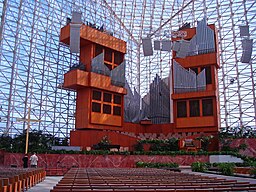Wisdom From All Directions
One of the most well-known ancient proverbs from scripture is a push to humility: “Trust in the Lord with all your heart, and lean not on your own understanding; in all your ways submit to him, and he will make your paths straight.”
So, in that spirit, I’d love to share wisdom from nearly 25 years of worship leadership—not because I’m incredibly wise, but because God has granted me wise mentors, diverse experiences, brilliant peers, complex contexts, and plenty of failure along the path God laid out in front of me.
I hope this series will serve as an invitation to think well about our gathered worship. Perhaps you can share with your fellow worship planners and leaders, adjusting them for your context or arguing with them altogether. No doubt you’ll have your own nuggets of wisdom to add as well. Please share them with us at Reformed Worship, contact@ReformedWorship.org.
AWE AND WONDER
We stood in awe, as the final chord reverberated in the cathedral air for what seemed like an eternity. Our college choir, on a tour performing in churches and cathedrals throughout Italy, was only at St. Peter’s Basilica in Rome to sightsee, not perform, but our director couldn’t help himself. Dr. Steward gathered us together under the golden dome, having just walked past Michaelangelo’s Pieta, and only steps away from Bernini’s Baldecchino. He gave us our pitch and launched us into our a cappella arrangement of “Stupenda Grazia,” or “Amazing Grace” in Italian. It was an epic arrangement with complex harmonies and a majestic ending. I think we stared up at the dome, more than we watched our conductor.
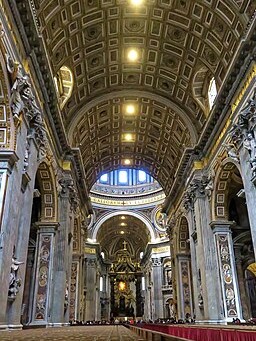
©Burkhard Muecke, CC BY-SA 4.0 International, via Wikimedia Commons.
As Doc cut off our final chord, the voices lingered and echoed overhead as though the angel band had joined in. It was probably only 7 or 8 seconds, but it was a chill-inducing moment, frozen outside of time. People who had gathered around us were in tears, but they refused to move until the final strains finally dissipated. We all stared up at the majesty surrounding us, attuned to the presence of a God who was wholly other.
While singing in St. Peter’s was a 1-of-1 experience, we had the privilege of singing in numerous cathedrals and churches across Italy that were all older than the United States of America. All of them majored in sparking wonder.
EVER THINK ABOUT YOUR SPACE?
Have you ever thought about what your space invokes in you or your congregation? Many or most of us are in contexts different from these old European spaces. But every space speaks and every space shapes.
Blessed is the worship leader who knows that the space matters, for their church will discover God’s unique work through the place they call home.
Your space—whether a grand sanctuary or a middle school lunch room, whether a 60’s-built church template or a repurposed warehouse, whether a rural open air space or a historical gem—has influence. This influence will be both positive and negative. In some ways, the space will serve as a tailwind, helping to push you toward your goals and values. Of course, in other ways, you’ll feel the resistance of your location’s headwind. In any case, though, God’s presence for your people is experienced in a specific place and that place shapes how we worship.
PLACE AND SPACE FORMS PEOPLE
The classic cathedrals of Europe easily spark wonder and awe. Their number one architectural value was to communicate a sense of God’s majesty and our smallness, God’s infinity and our finiteness. They succeed brilliantly and through more than just sheer scale! The sculpture, stained glass, and marble all speak of something beyond just a vast size—they speak of value. This God is Creator, we are simply creatures, and this Creator is beautiful.
Other spaces can achieve similar reactions in worshipers. One of my friends worships in a sanctuary with windows revealing the Rocky Mountains all around them. That’s a pretty easy space to encounter and worship the Lord as Creator, right?
You know what these classic European cathedrals don’t do? Spark awareness of the communal nature of our worship, that you’re part of God’s people gathered into his presence. While not every space can do everything, this is the headwind these spaces encounter. Christian worship is communal; we are a family formed by the Holy Spirit as we worship. And the vertical pull of the cathedral actually works against this aspect of who we are as worshipers.
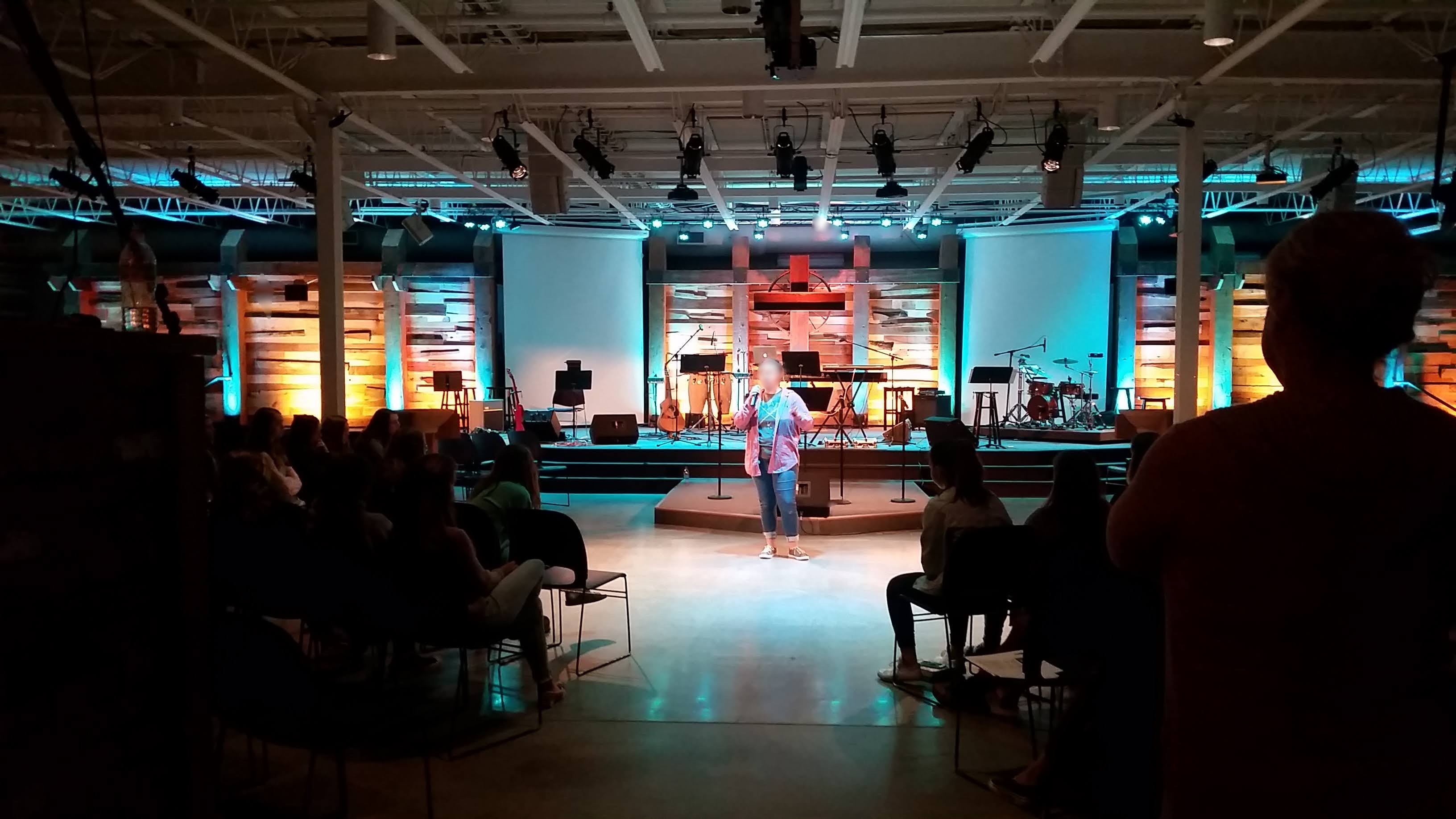
Many of you create sacred space in middle schools each Sunday. My church family meets in an old piano factory. Our spaces, and others like them, encourage the family aspect of our gathering, with low ceilings and humble surroundings. Our eyes aren’t drawn upward, they’re directed toward each other. These spaces encourage us to find God’s presence in his closeness, in each other, rather than in his otherness. That’s a beautiful thing the space does for us.
Of course, we may need to work more diligently to find ways to emphasize the holiness and majesty of God, just like those in glorious cathedrals have to find ways to encourage the community’s awareness of each other.
Think of your space. When your people enter, what captures their attention? What is their gaze drawn to? How does that encourage or discourage them compared to your hopes for worship? Your space will speak to them, even subconsciously. You get to work with or against that based on your goals.
PLACE AND SPACE FORMS DECISIONS
Our spaces form us, but they also form our decision making too. It influences musical decisions, personnel, and even the shape of the service.
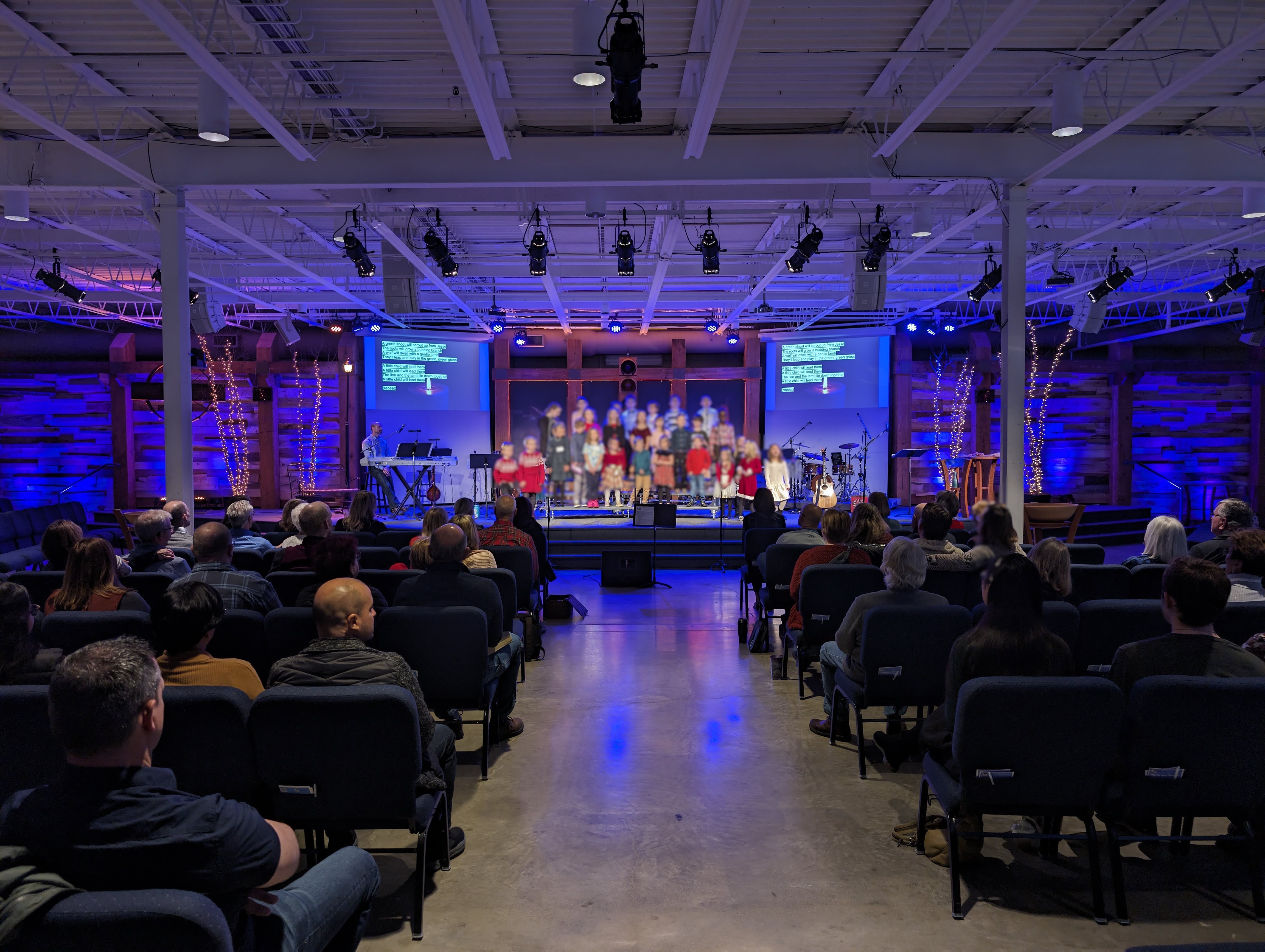
Being in an old repurposed piano factory, we have a great space for contemporary styles of worship and folk versions of hymns. It works well with a sound system. We’ve figured out pretty good acoustical compromises for the space. And we very much feel like we’re “in this together” as we gather—a main goal of folk and contemporary music. Chamber music can work in our space, but not as well as I’d hoped. And classical organ is a stretch for us.
If I were in a majestic, cathedral-style space with high ceilings, stained glass, and echoing acoustics, my worship rock band could potentially be a disaster. We’d be working so hard against what the space naturally wants that it could create cognitive dissonance even if no one could name why. There certainly is a version of folk and contemporary music that works in a cathedral setting (the amazing group leading chapel at Hope College comes to mind). But it’s incredibly difficult, and it usually requires a ton of intentionality, time, and no small budget.
Similar questions can be asked about the “worship team.” What types of instruments work? How many voices? Does a choir fit? (Almost always! Although the repertoire might change). Or, what about the service itself? Can you imagine standing under something like Bernini’s Baldecchino and giving an extensive announcement about the upcoming church potluck? I mean, potlucks are important to church life!—but what a strange space for that to happen in.
FROSTING
Beowulf Boritt is a Tony-winning stage designer for Broadway theatre and beyond. In his book Transforming Space Over Time (Bloomsbury, 2022), he riffs on what it is he’s actually doing in scenic design for the theater: “I think of theater as essentially a literary form…The primary community is literary: words” (p. XIII).
But then how does he understand the role of the set design and staging? “All the rest, including the design, is frosting. Design enhances the experience, focusing the audience’s attention and enhancing the meaning of the words, but it’s not strictly needed. Still, I prefer my cake with frosting” (p. XIII).
The center and heartbeat of Christian worship is the grace of the triune God made known to us in Jesus Christ, and that can be revealed anywhere. The space we’re gathered in is not the most important thing. But the space we’re in and how we form that space enhances the meaning of the words we speak and sing, enhances our understanding of the word, and is worth thinking and caring about.
What does your space communicate? How can you leverage that? How must you work against it? These are worthwhile questions to be asking as you prepare for and lead your community in worship. Blessings to you and your space that shapes and enhances your weekly time in God’s presence.
Worship Spaces from Around the Globe
For Discussion:
- What does the architecture of these worshiping spaces communicate?
- How does the context influence the space?
- How does the space impact the context in which it exists?
- What values do these spaces communicate?
- What do these spaces communicate about the relationship of the worshiper with God, others, and creation?
Remember there isn’t any right or wrong answer or architectural style but each does something well and each presents its challenges.
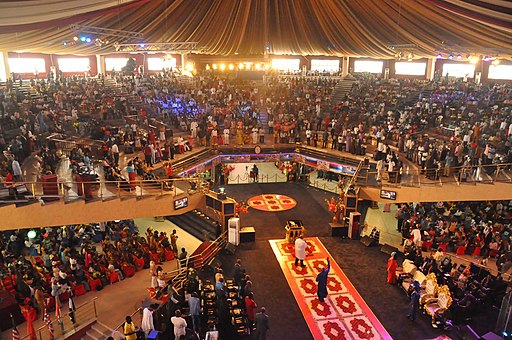
© WLBC Media Team, CC BY-SA 4.0, via Wikimedia Commons |
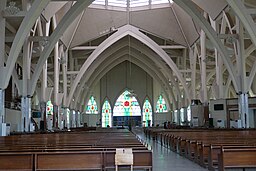
© Kritzolina, CC BY-SA 4.0, via Wikimedia Commons |
|
|
c. Joyce Borger CC BY-SA 4.0 |
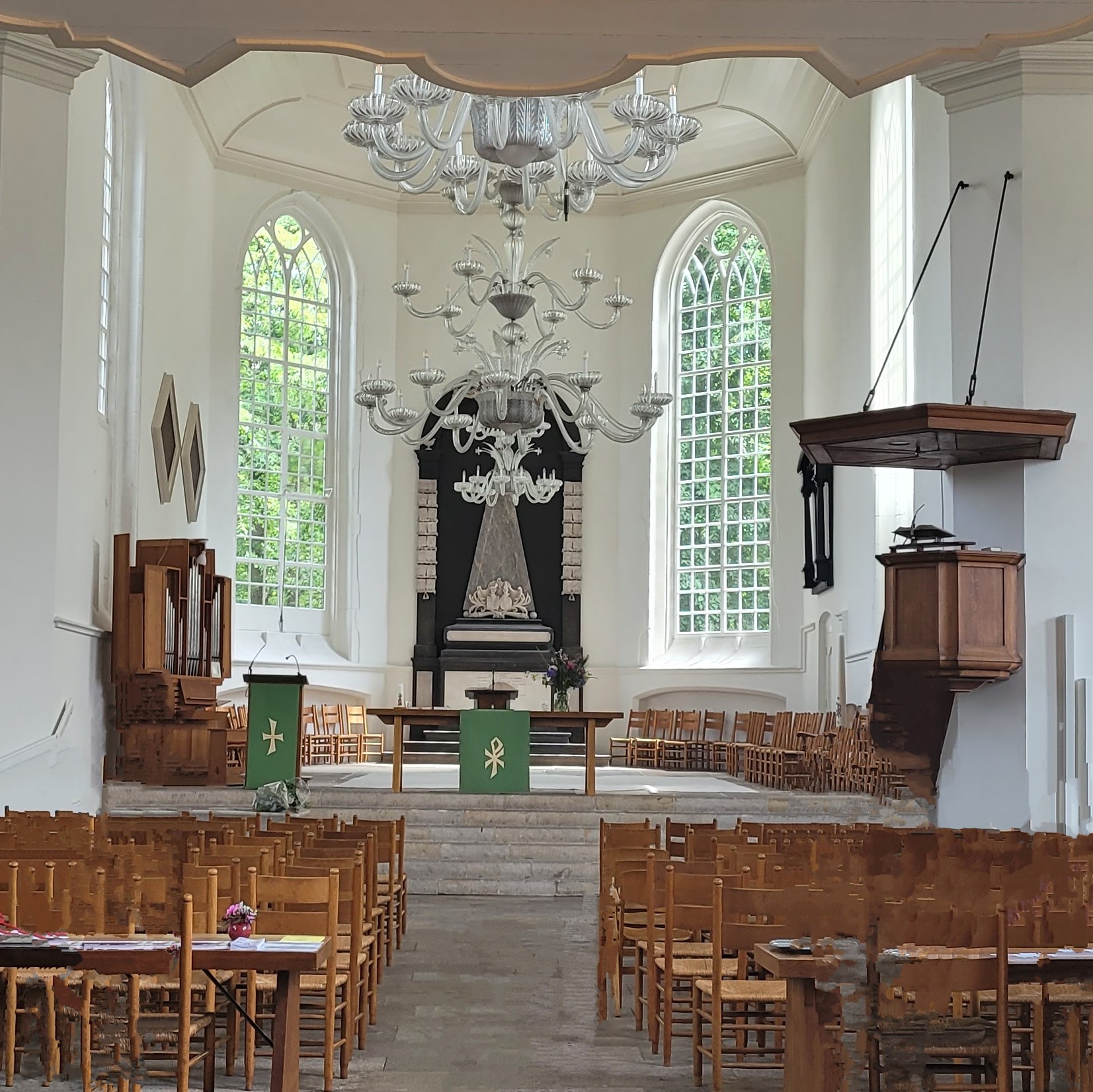
c. Joyce Borger CC BY-SA 4.0 |
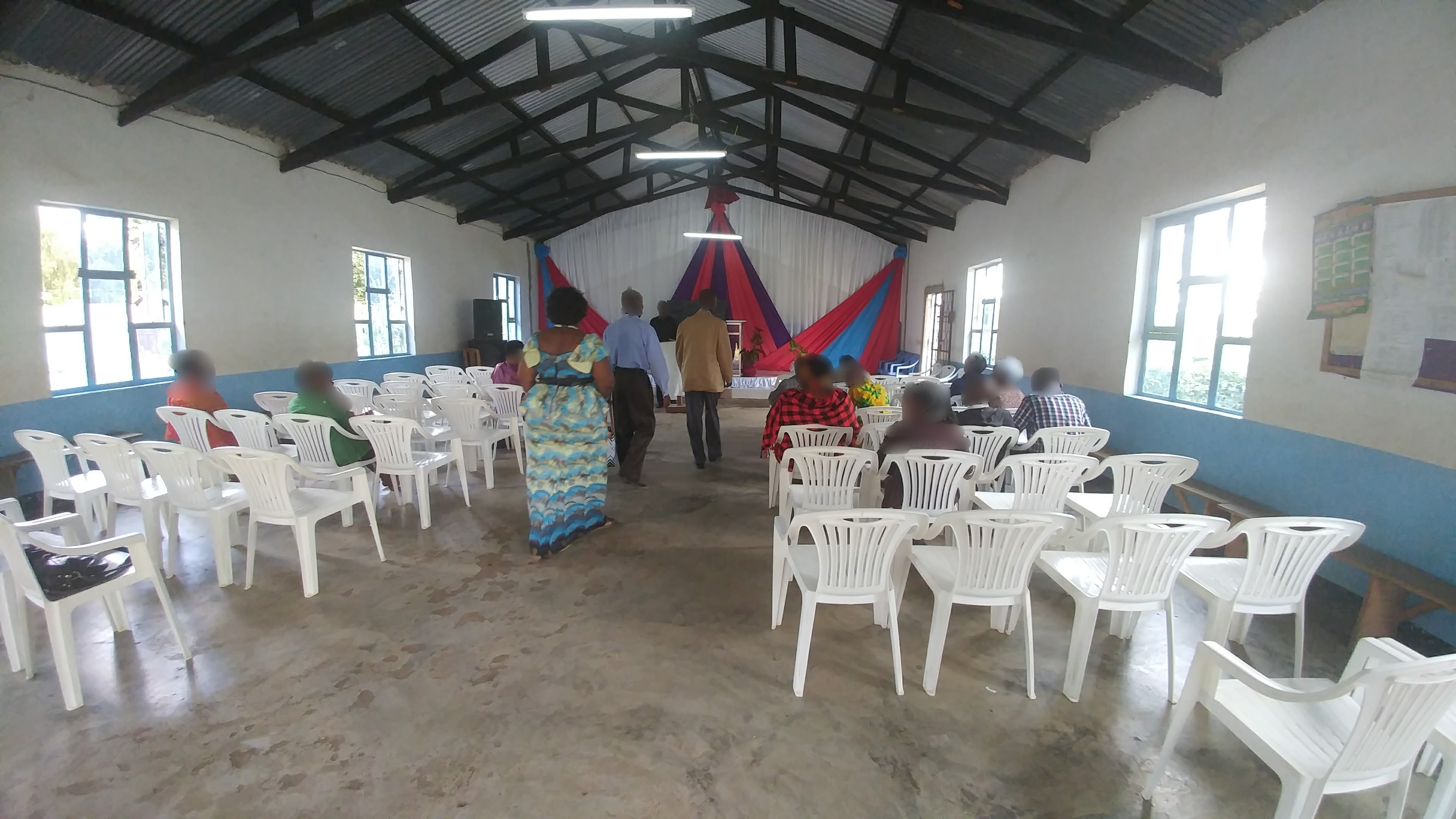
c. Joyce Borger CC BY-SA 4.0 |
|
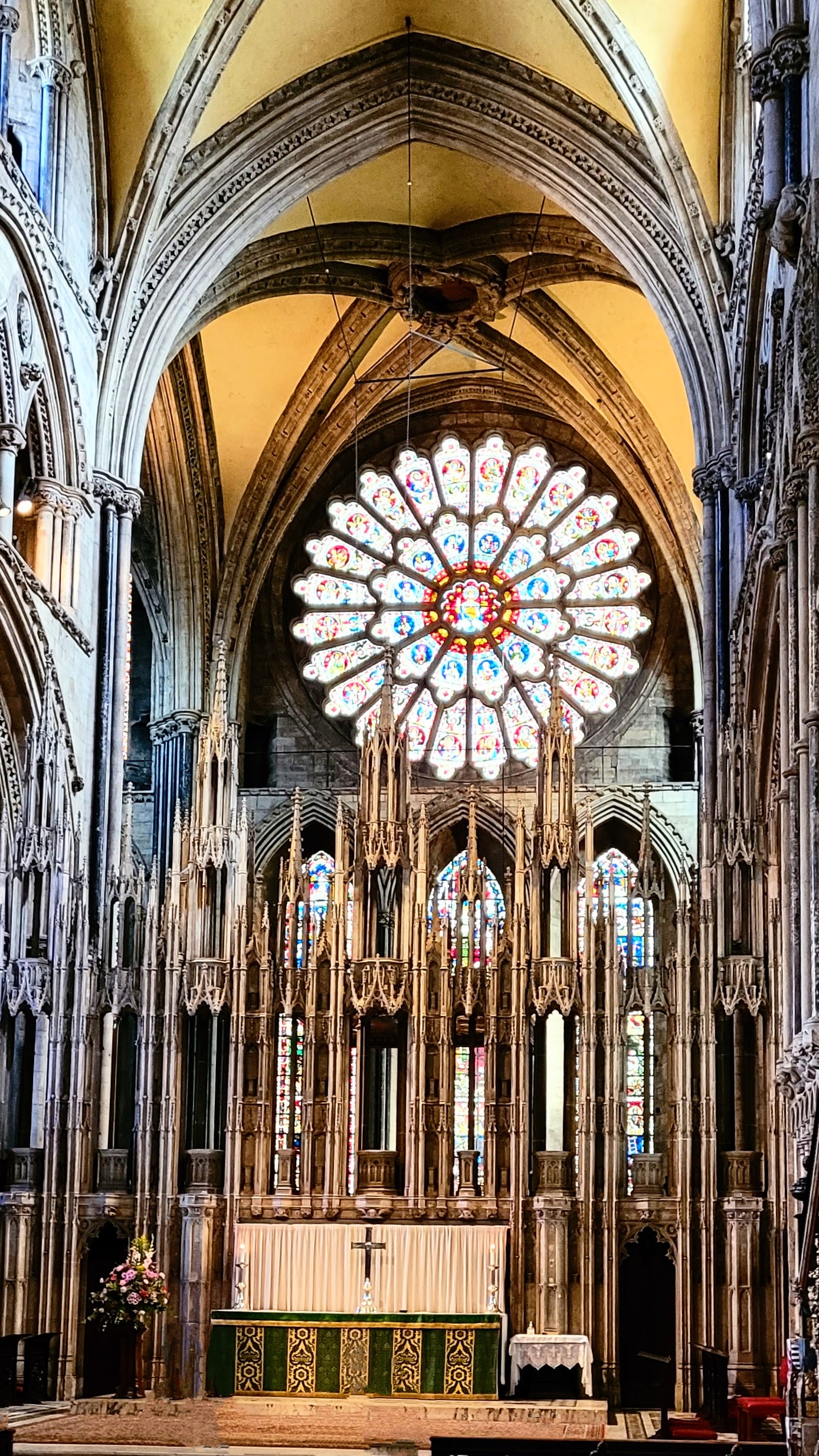
c. Joyce Borger CC BY-SA 4.0 |
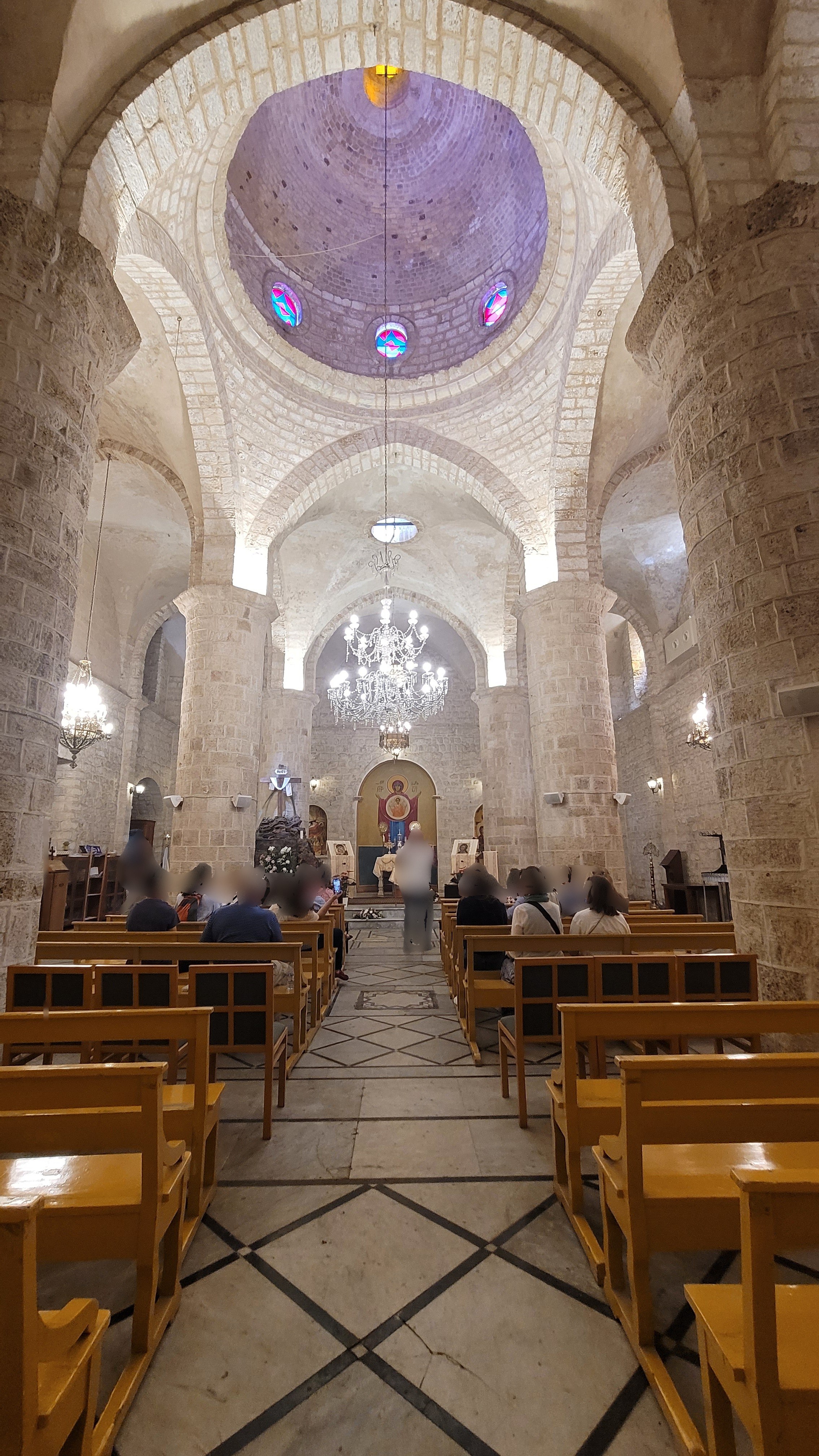
c. Joyce Borger CC BY-SA 4.0 |

